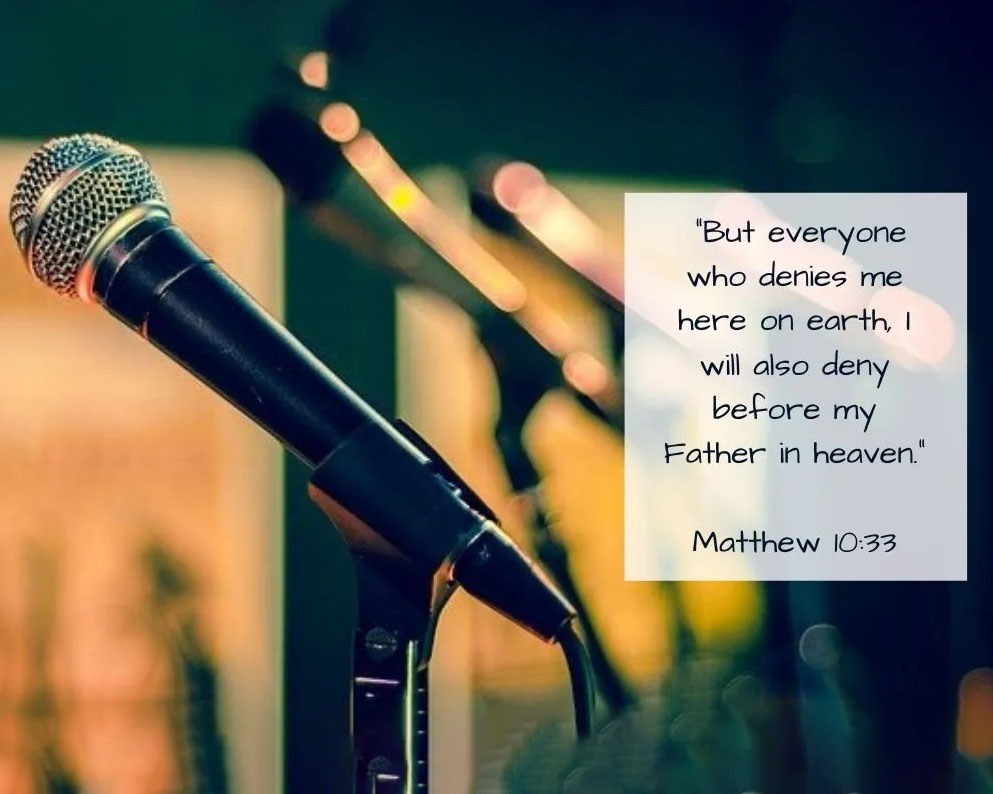
Publicly Christian
As an artist, I have experienced much apprehension in relation to sharing my faith publically. Many times I have felt

Recently I was reading a book entitled boundaries by Henry Cloud and John Townsend. The book is not designed specifically for musicians and doesn’t explicitly address music. But, hidden in its pages I found many parallels between boundaries and musicianship.
The authors describe boundaries as being walls with gates. These walls delineate where we end and other people begin. Having functional gates embedded within these walls are imperative to having healthy boundaries. The purpose of these ‘gates’ is to let the bad out and the good in. For example, healthy people express there hurt and negative feelings which in turn helps to get the pain ‘outside’ of themselves. Conversely gates also let help and support from other people in.
The book went on to address many common boundary problems and different reasons why they might have developed.
As far as the gates go there are many individuals whose gates are backwards: they keep let the bad and the good out. The reasons underlying this can be vast and complex but if you have experienced any degree of abuse then you are a prime candidate for backwards ‘gates’. The bad comes in because throughout your life that is what you learnt to accept. Help similarly stays out because you learnt not to trust people.
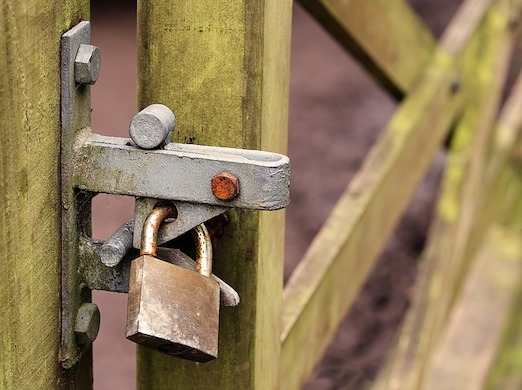
Another key point raised in the book was that healthy boundaries are flexible. They change to suit the context, emotional needs, and developmental stages of the individual. Unhealthy boundaries are either too
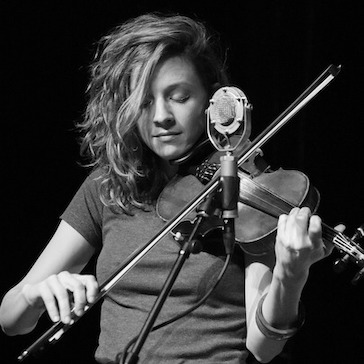
Musicians and artists, who are of course people, have boundaries but their boundaries play an enormous role in their creative practice. So much so that an artists boundaries either enhance or hinder their work.
Composers are the architects of music, they provide the vision, ideas, content and direction. Performers are masters craftsmen/woman, artisans and builders. They interrupt and breath life into the composer’s structure. But, they also offer protection and vice versa.
In a way, a performer becomes the public face of the composer’s internal world. Performers wear their own personal emotions and inner lives on their sleeves wrapped in the safety of the composer’s structure. Conversely, composers, lay thier inner worlds on a page to be sent out into the world.
A composer work is to make connections between the outside world and everything that is happening in their internal world. It is their thoughts, words, feelings, emotions and beliefs being influenced by their experiences, knowledge, culture and family. These are the connections that form the basis of their music.
Like performers composer’s boundaries are open. Their work demands that content flows both in and out freely. But it can be challenging to swop between ‘work mode’ and general ‘life mode’. Sometimes this can result in a composer’s non-musical boundaries being either too rigid or totally non-existent. Finding the delicate balance between what is necessary for their work and what is required to be a healthy human is a challenge that every creative must grapple with.
True performers are master gatekeepers of their personal boundaries. Everyone who has been to a student recital have observed the results of this effect. Some students perform like robots. They are still and stiff. Their performance is accurate to the music that’s in front of them but it is lacking life. At the heart of this performance is closed boundaries.
Musicians need their boundaries to be penetrable. First, they need to let the music inside their own personal worlds. This entry point is critical if the performance wants to engage and connect with the music on a deeper more personal level. At bare minimum performers need to know what the music is expressing? Is it emotive, confronting, breaking technical boundaries, exploring musical or extra-musical ideas? At a more advanced level, the performer needs a personal connection with the music. This allows each performer to make the work their own. Their interpretation incorporates aspects of their own inner world that is then expressed through the music.
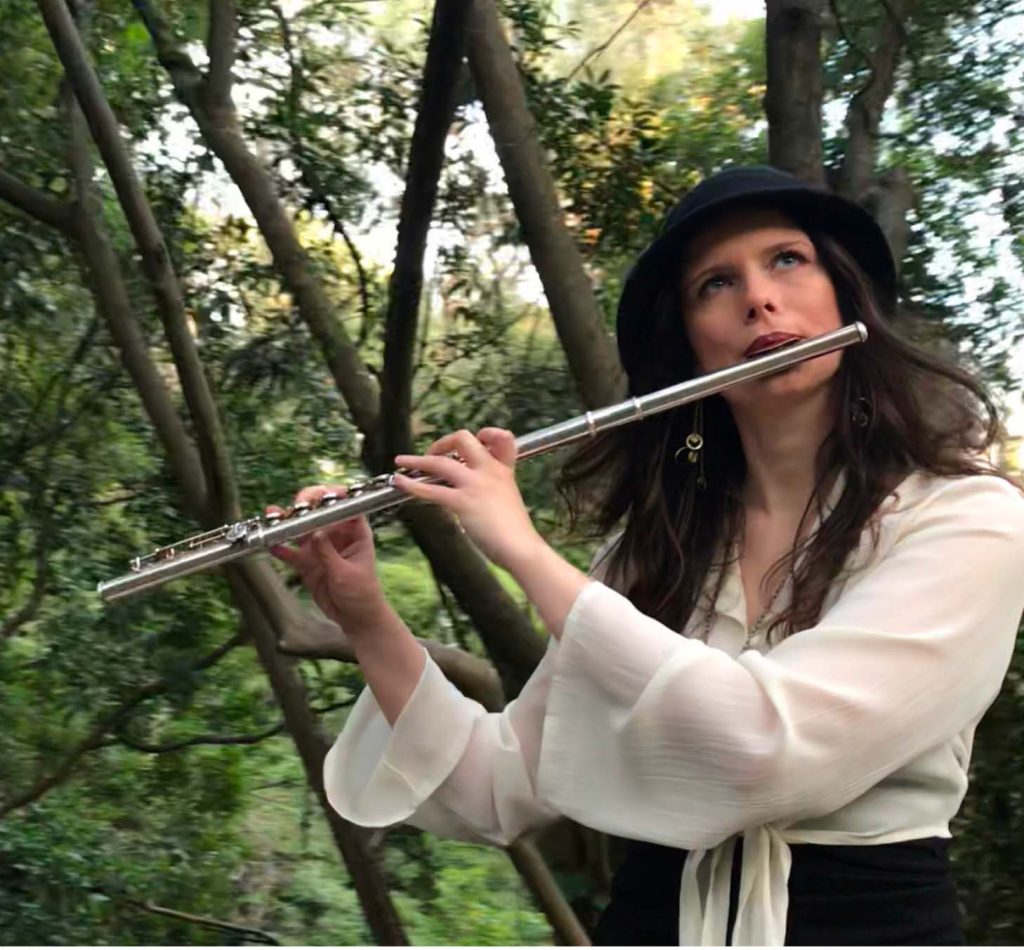

When a performer’s boundaries are open, the composer’s work flows in. Once inside the work is mixed with the life of the performer and flows out to the audience. Thus the mark of a successful performer is the ability to open boundaries during a performance.
Learning, then to close your boundaries in other contexts can present a challenge. We are prone to absorbing the atmosphere of a room and can be deeply affected by the moods of those around us. It can take a lifetime to learn that other people’s problems and feelings do not have to be the same as yours. It is after all the performer’s job to express ideas that are not their own.
Boundaries by Cloud and Townsend goes onto explore this opening and closing of personal boundaries in great detail but I think you get the idea.
Creatives are never taught about boundaries and yet they are so essential to making your practice sustainable. Boundaries keep you mentally healthy and thus are well worth your time and consideration.

As an artist, I have experienced much apprehension in relation to sharing my faith publically. Many times I have felt
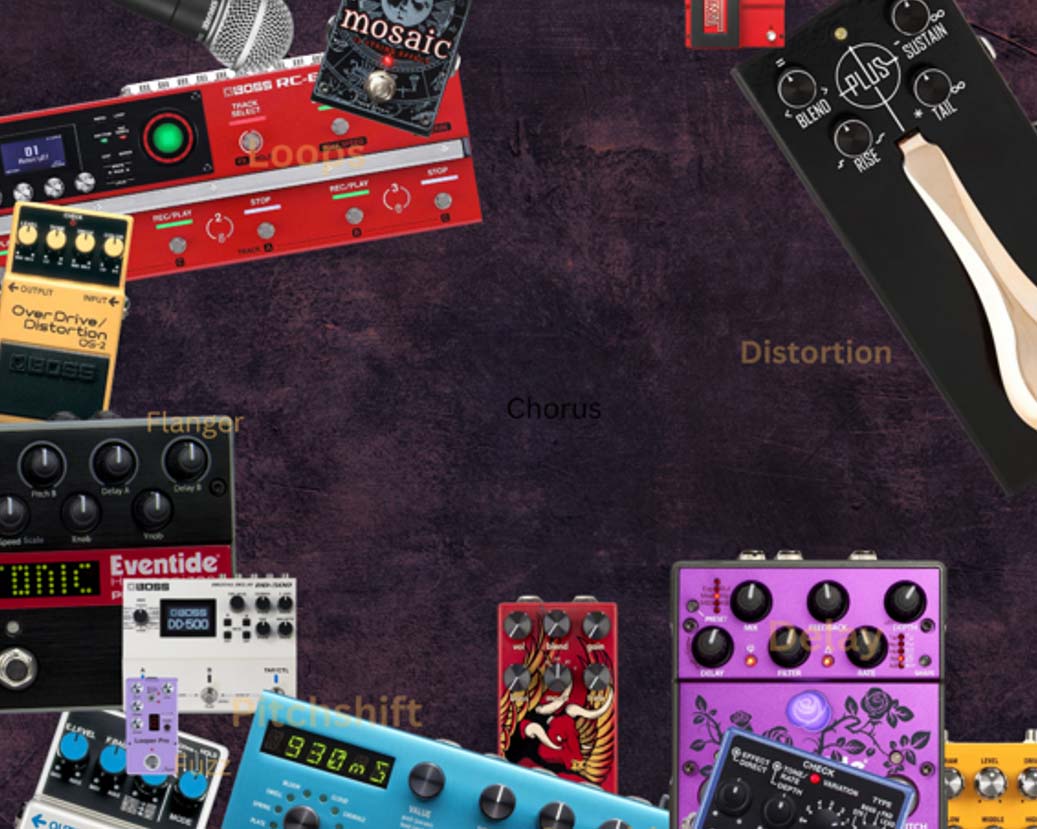
With the right combination of music equipment, anything is possible. The Techie Flutist turns your ordinary flute into a polyphonic electric
To receive practise tips, tutorials, specials and all the latest news please sign up for our newsletter. The Techie Flutist Newsletter only goes out once a month and ensure you to never miss out on a concert or special event.
like, follow and subscribe
The Techie Flutist, 2024. All RIghts Reserved.